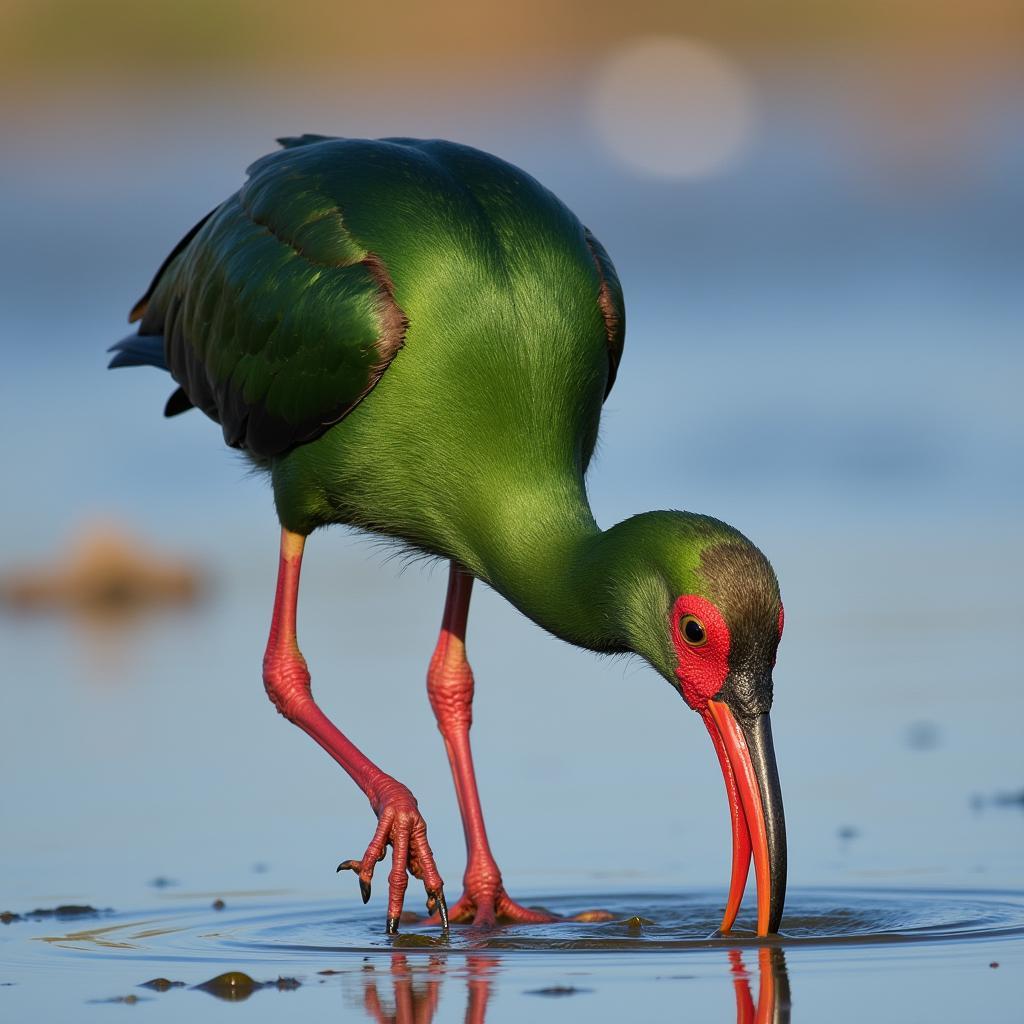Where African Blue Flycatchers Are Mostly Found
The African blue flycatcher, scientifically known as Elminia longicauda, is a small passerine bird known for its vibrant blue plumage and long tail feathers. These beautiful creatures are a delight to observe, flitting through the foliage with agility and grace. If you’re interested in catching a glimpse of these avian wonders, understanding their preferred habitat is key.
Unraveling the African Blue Flycatcher’s Preferred Habitat
African blue flycatchers are predominantly found in sub-Saharan Africa. They thrive in a variety of woodland habitats, showing a preference for areas with dense undergrowth and ample shade.
A Closer Look at Their Distribution
While widespread across sub-Saharan Africa, their distribution is not uniform. They are absent from the driest regions, such as the Horn of Africa and the Namib Desert. Let’s break down their presence in different parts of the continent:
- West Africa: From Senegal to Cameroon, they are a common sight in both primary and secondary forests.
- Central Africa: The Congo Basin, with its vast expanse of rainforest, supports a significant population of African blue flycatchers.
- East Africa: They are found in countries like Uganda, Kenya, and Tanzania, particularly in highland forests and moist woodlands.
- Southern Africa: Countries like Zimbabwe, Mozambique, and South Africa mark the southern limit of their range. Here, they favor woodlands, forests, and well-wooded gardens.
Factors Influencing Their Distribution
Several factors contribute to the distribution of African blue flycatchers.
- Climate: As mentioned, they prefer regions with sufficient rainfall and humidity, avoiding arid and semi-arid zones.
- Vegetation: Dense undergrowth is crucial, providing them with suitable nesting sites and foraging grounds. They prefer areas with an abundance of insects, their primary food source.
- Altitude: While they can be found in lowland forests, they often occur at higher elevations, especially in East Africa, where they are commonly observed in montane forests.
Spotting an African Blue Flycatcher: Tips for Birdwatchers
If you’re eager to add this stunning bird to your birding list, here are a few tips:
- Listen for their calls: They have a distinctive high-pitched call, often described as a “tseep” or “zeet,” which can help you locate them.
- Scan the undergrowth: Since they spend a lot of time foraging for insects among leaves, focus your attention on the lower levels of the forest.
- Look for movement: African blue flycatchers are active birds, constantly on the move. Keep an eye out for any flashes of blue darting through the foliage.
Conservation Status: A Bird Thriving in Its Habitat
The African blue flycatcher is currently listed as a species of “Least Concern” by the International Union for Conservation of Nature (IUCN). This indicates that their populations are relatively stable, and they are not facing any immediate threats of extinction. However, habitat loss due to deforestation and agricultural expansion remains a potential concern in some areas.
In Conclusion: The Allure of the African Blue Flycatcher
The African blue flycatcher, with its striking plumage and lively nature, is a testament to the biodiversity of the African continent. By understanding their preferred habitats and distribution, we can appreciate their ecological role and contribute to their continued existence. Next time you find yourself in the woodlands of sub-Saharan Africa, keep your eyes peeled and ears open for these charming birds.



